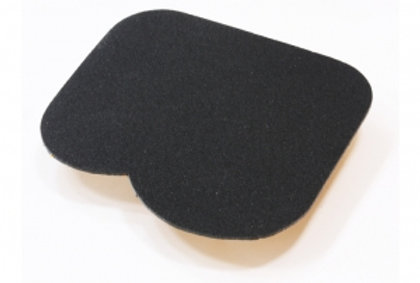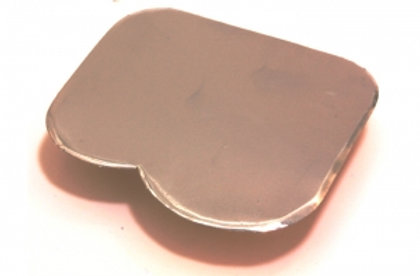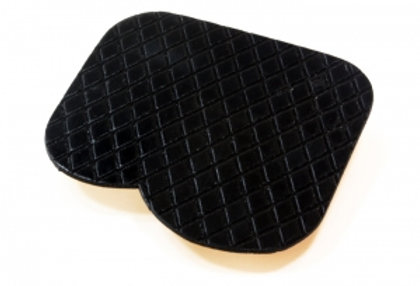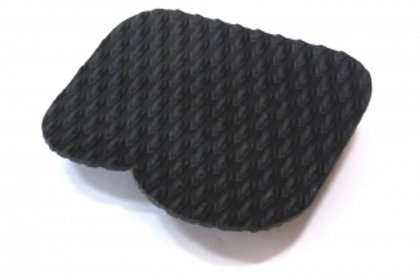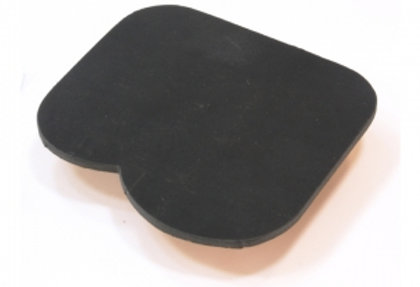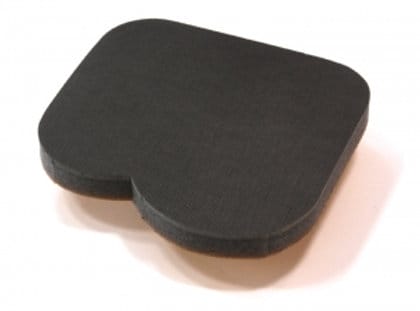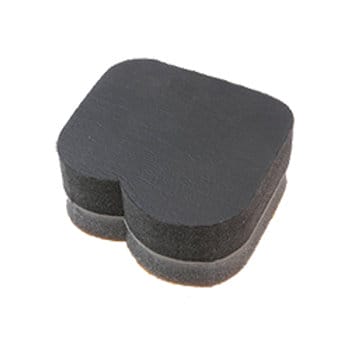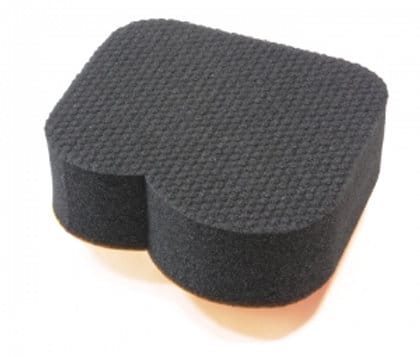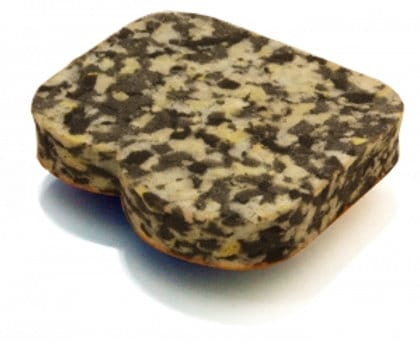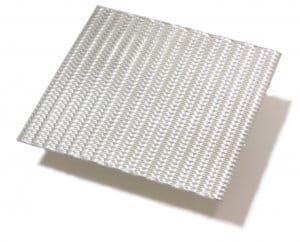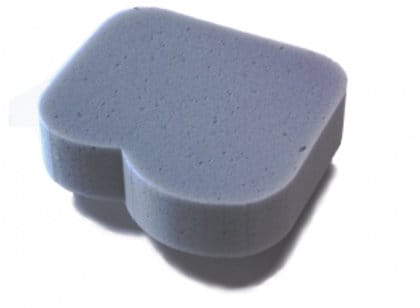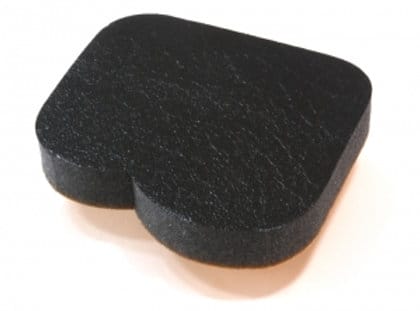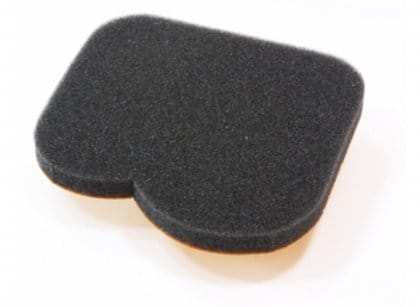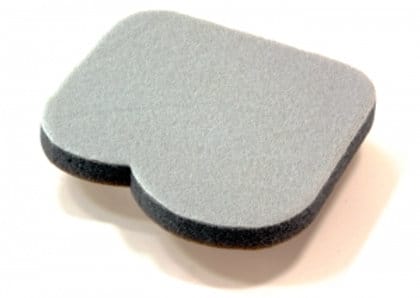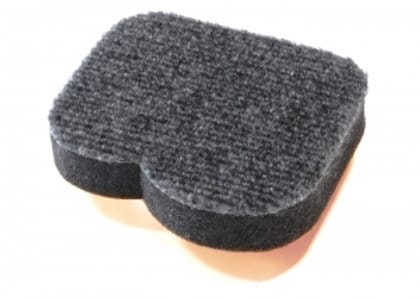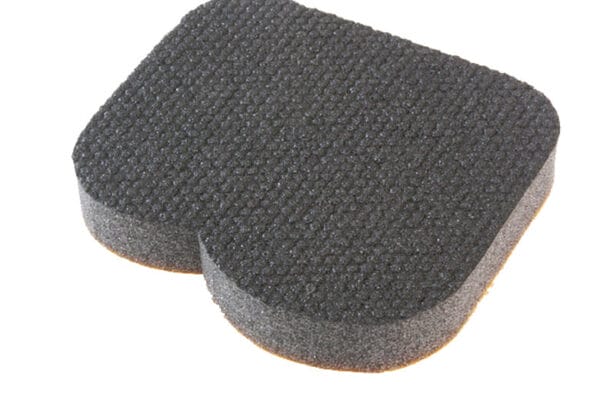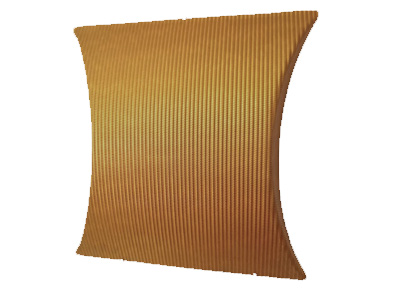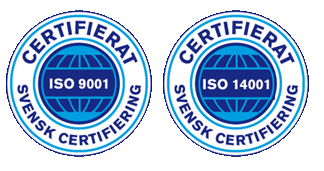We take care of your condensation & noise problems.
Condensation and Noise Insulation for Ventilation Ducts
Problem & Solution
Why Insulate Ventilation Ducts?
Ventilation ducts transport air throughout buildings but can also be a source of thermal losses, condensation, and noise pollution. Proper insulation helps to:
- Prevent condensation – Stops moisture buildup, reducing the risk of mold and corrosion.
- Reduce noise transmission – Lowers airflow noise and vibrations for a quieter environment.
- Improve energy efficiency – Minimizes heat loss in heating ducts and prevents temperature fluctuations in cooling systems.
- Meet building standards – Ensures compliance with industry regulations for thermal and acoustic performance.
Sontech’s Insulation Solutions for Ventilation Ducts
Our high-performance insulation materials are designed to tackle both condensation and noise issues effectively.
✅ Condensation control – Our moisture-resistant insulation prevents water buildup on duct surfaces.
✅ Acoustic insulation – Reduces structure-borne and airborne noise from ventilation systems.
✅ Fire-resistant materials – Compliant with safety standards for HVAC installations.
✅ Flexible & easy to install – Adapts to different duct shapes and sizes.
Compliant with Industry Standards

”"Sontech’s soundproofing and condensation insulation made significant impact on noise and energy efficiency."
Anders GranatHVAC installer
Contact.
Book a Free Noise Assessment Today!
- Contact us by mail below or call us directly.
- Free Consultation
- Customized Solutions
- Quick Installation
problem@sontech.se
+46 8 44 55 060
FAQ – Common Questions About Condensation
What is condensation?
Condensation occurs when warm, moisture-laden air comes into contact with a cold surface, causing the water vapor to turn into liquid droplets. This is commonly seen on windows, ventilation ducts, and walls in buildings.
What causes condensation?
Condensation happens due to:
- Temperature differences – Cold surfaces cooling down warm air.
- High humidity levels – Excess moisture in the air.
- Poor ventilation – Limited air circulation prevents moisture from escaping.
- Inadequate insulation – Cold bridges in walls, roofs, or pipes.
Why is condensation a problem?
Excess condensation can lead to:
- Mold and mildew growth – Causes health issues and damages surfaces.
- Corrosion and material degradation – Weakens structures over time.
- Reduced insulation performance – Wet insulation loses its efficiency.
What are the best insulation materials for condensation control?
Highly effective materials include:
- Closed-cell foam insulation – Prevents water absorption.
- Polyethylene or rubber insulation – Ideal for pipes and ventilation ducts.
- Reflective insulation – Helps regulate temperature and moisture.
How much noise reduction can I expect?
Up to 50% lower noise levels, depending on installation.
How long does installation take?
Easy to install with self-adhesive on one side.
Laws and standards
-
BBR – Boverket’s Building Regulations
- Covers safety, energy efficiency, ventilation, soundproofing, and moisture protection.
- Applies to new construction and major renovations.
-
EKS – Boverket’s Structural Design Regulations
- Rules for load-bearing structures based on Eurocodes.
-
AMA – General Material and Work Description
- Technical requirements for HVAC, construction, infrastructure, and electrical installations.
- Examples:
- AMA Hus – Building construction
- AMA VVS & Kyl – HVAC and cooling systems
- AMA Anläggning – Infrastructure
-
SS-EN (Swedish Standards Based on EU Regulations)
- Examples:
- SS-EN ISO 140 – Acoustic classification of buildings
- SS-EN 13162 – Insulation materials
- Examples:
-
BFS (Boverket’s Code of Statutes)
- Collection of regulations on fire safety, energy performance, and structural integrity.
🌍 International Building Standards
-
Eurocodes (EN 199x)
- European standards for structural design and calculations.
- Examples:
- EN 1992 – Concrete structures
- EN 1995 – Timber structures
-
ISO Standards
- International guidelines, such as:
- ISO 7730 – Indoor thermal comfort
- ISO 9001 – Quality management
- International guidelines, such as:
-
ASHRAE (USA)
- Standards for HVAC, energy efficiency, and indoor climate control.
-
LEED & BREEAM
- Certifications for sustainable building practices.

